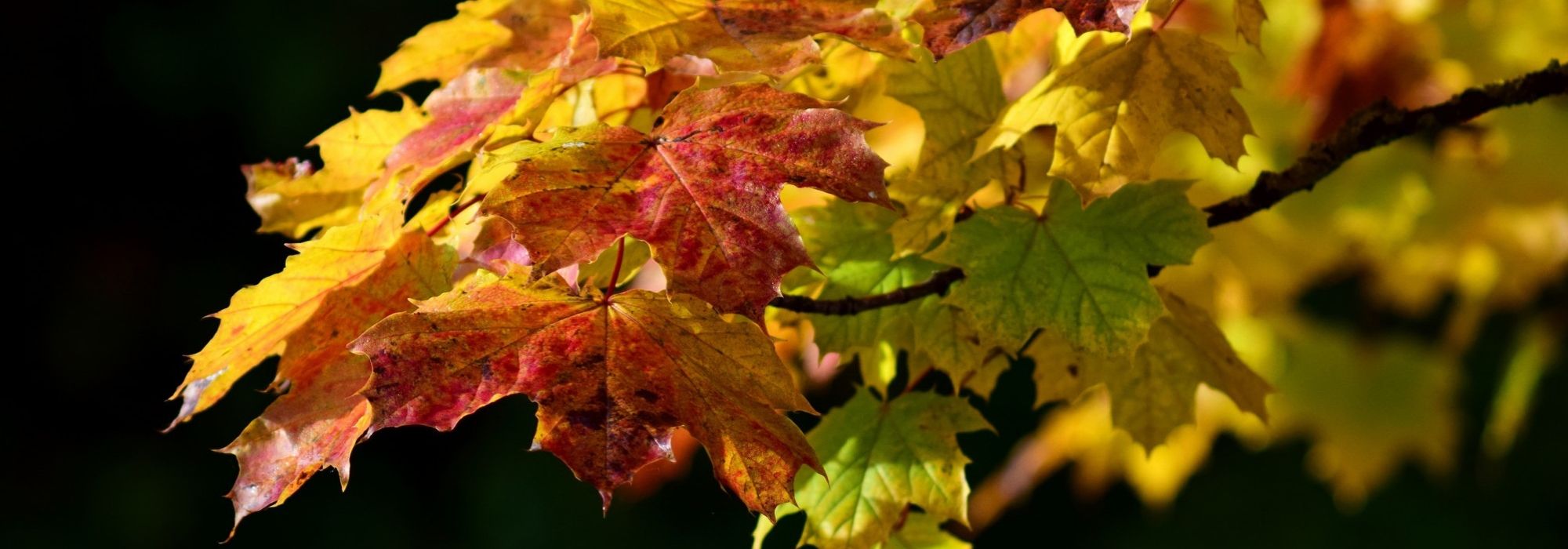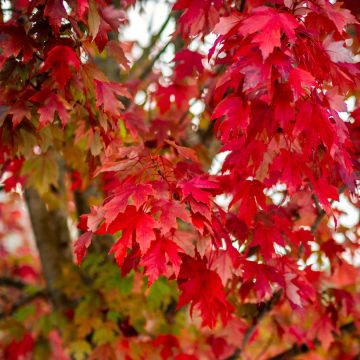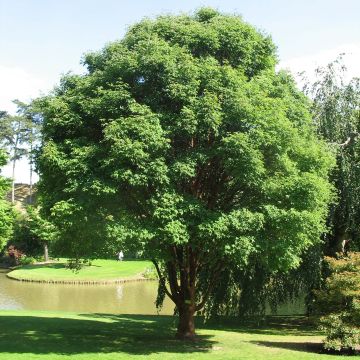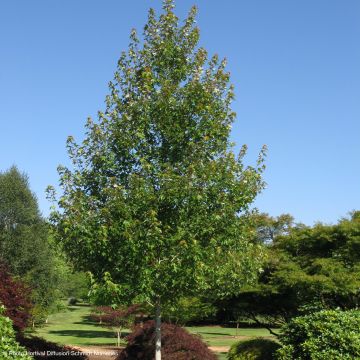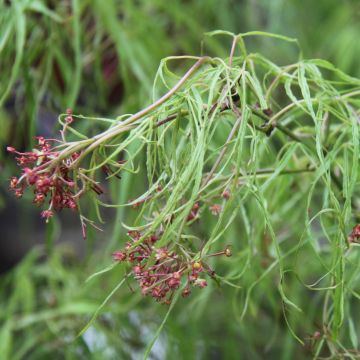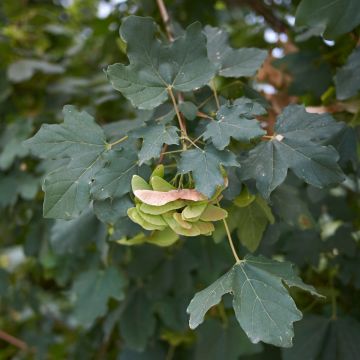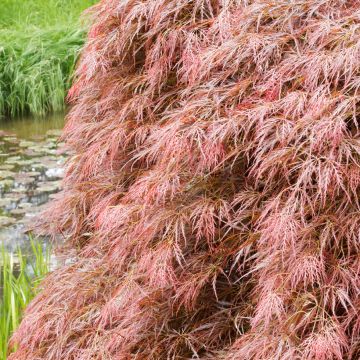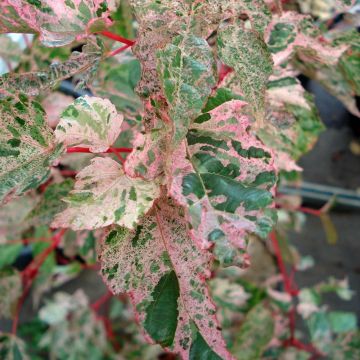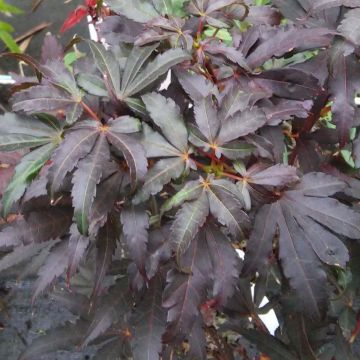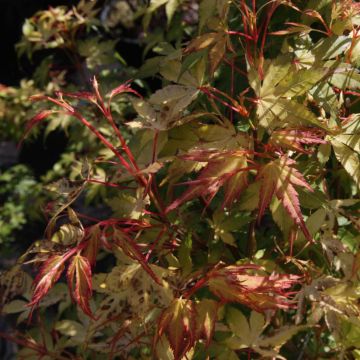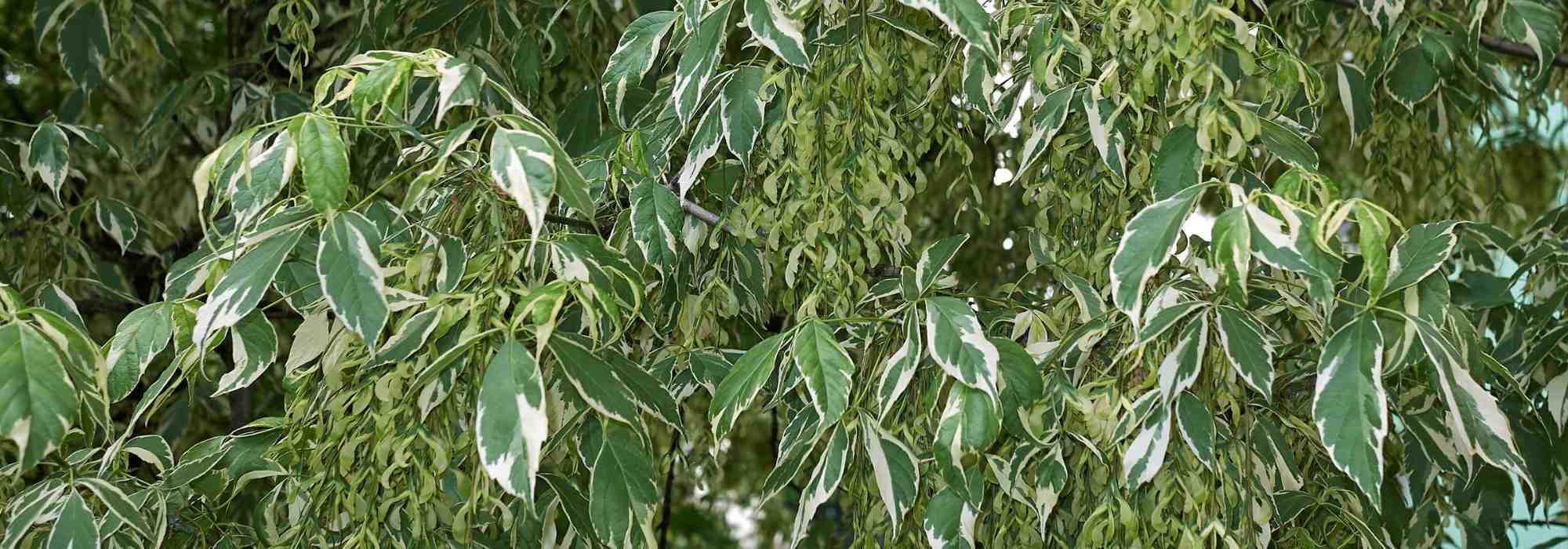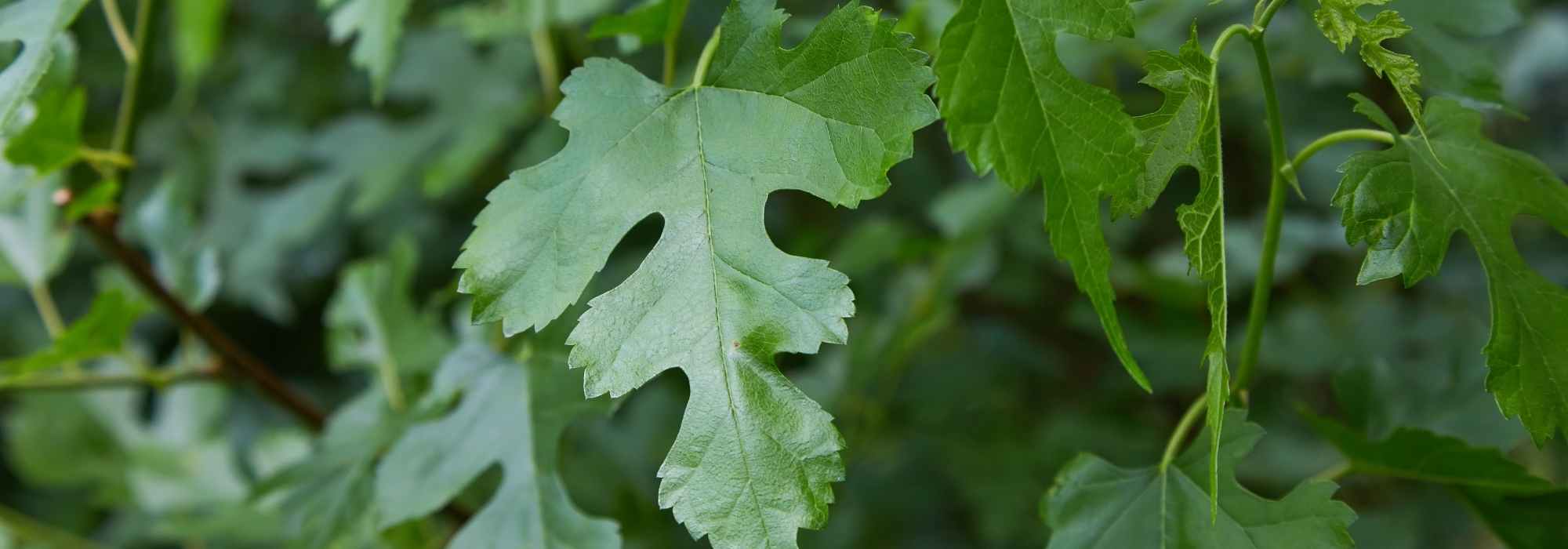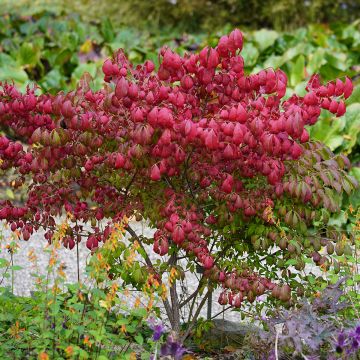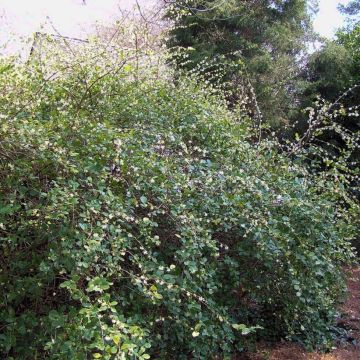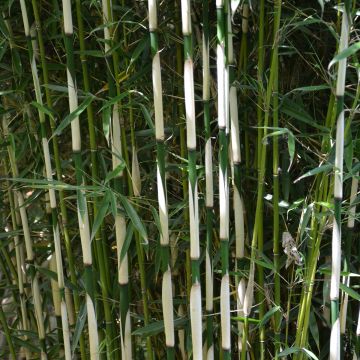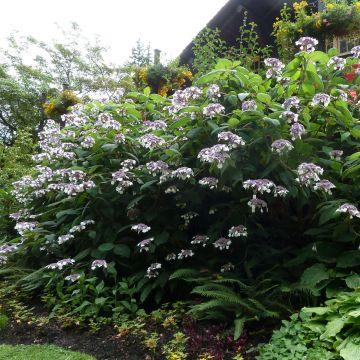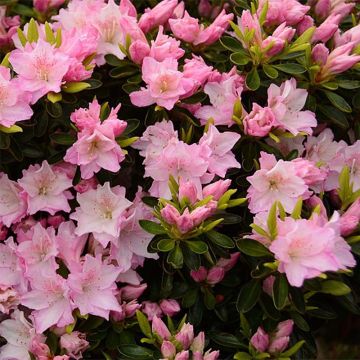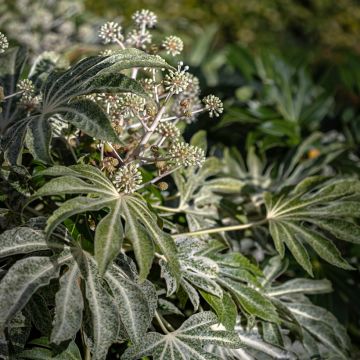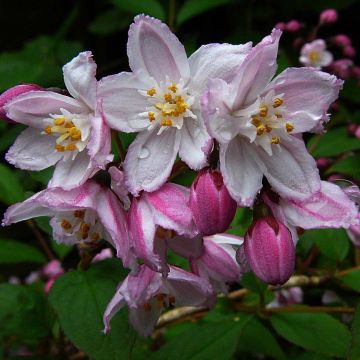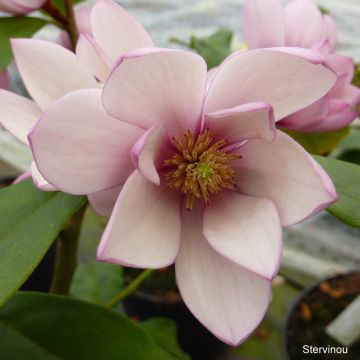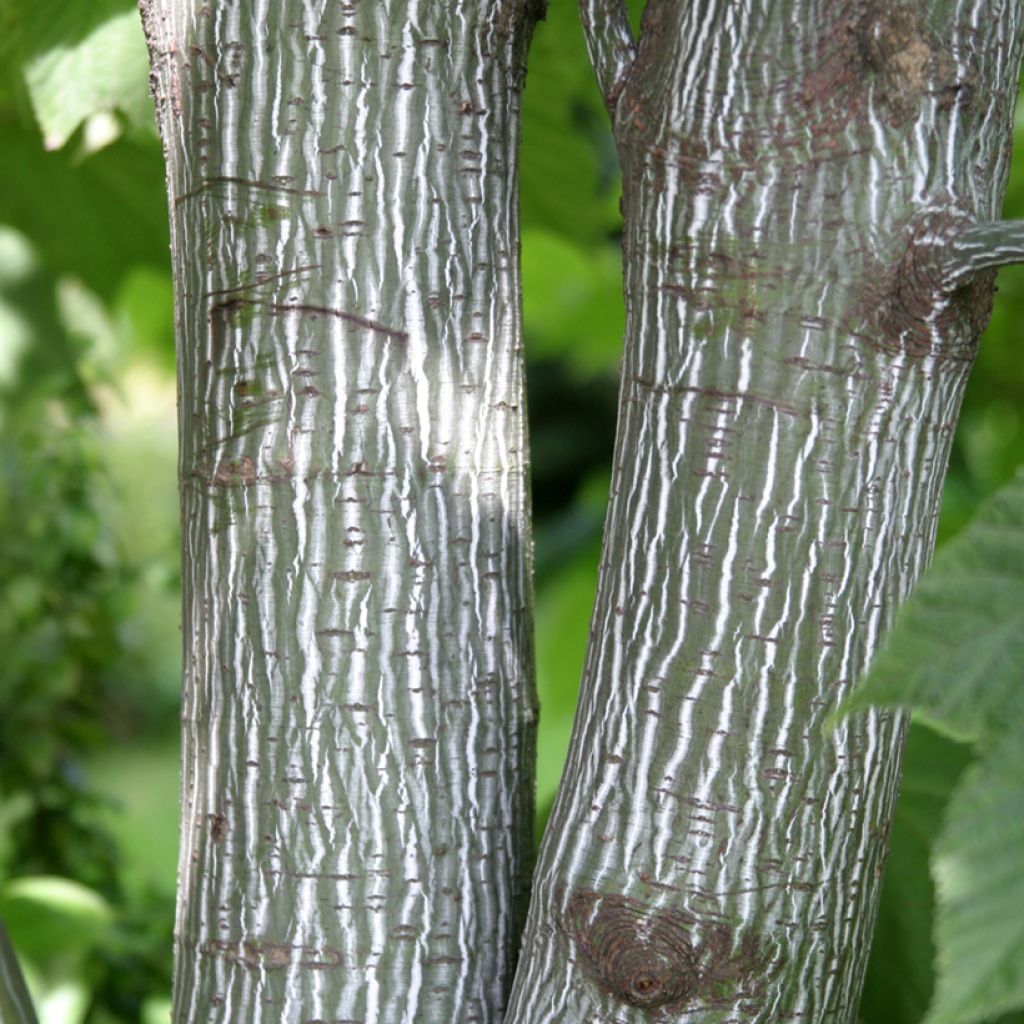

Acer pensylvanicum
Acer pensylvanicum
Acer pensylvanicum
Special offer!
Receive a €20 voucher for any order over €90 (excluding delivery costs, credit notes, and plastic-free options)!
1- Add your favorite plants to your cart.
2- Once you have reached €90, confirm your order (you can even choose the delivery date!).
3- As soon as your order is shipped, you will receive an email containing your voucher code, valid for 3 months (90 days).
Your voucher is unique and can only be used once, for any order with a minimum value of €20, excluding delivery costs.
Can be combined with other current offers, non-divisible and non-refundable.
Home or relay delivery (depending on size and destination)
Schedule delivery date,
and select date in basket
This plant carries a 24 months recovery warranty
More information
We guarantee the quality of our plants for a full growing cycle, and will replace at our expense any plant that fails to recover under normal climatic and planting conditions.
Does this plant fit my garden?
Set up your Plantfit profile →
Description
The Pennsylvania Maple, also known by its Latin name Acer pensylvanicum, is the only "snakebark maple" that is not native to Asia. Its trunk and branches are strongly striped with green and white. This effect tends to fade with age, after 20 to 25 years, giving way to a beautiful mahogany colour. Its large deciduous, trilobed leaves turn a vibrant yellow in autumn. This small tree reaching a height of 8 metres at maturity initially develops in a spreading and bushy manner. It thrives in the understory, in the shade of larger trees, in an acidic to neutral soil that remains moist but well-drained.
Acer pensylvanicum is close to Acer striatum, and is also commonly known as American snakebark maple or American striped maple. It belongs to the botanical family Sapindaceae (which has incorporated the former family of maples, Aceraceae). This species, native to northeastern North America, mainly Pennsylvania, grows in moist woods. It can reach up to 10 metres in height in its natural habitat and live up to a hundred years. In the garden, Acer pensylvanicum has rapid growth and initially develops as a bush before forming a small tree often with multiple stems, reaching a height of 7 to 9 metres and a width of 6 metres, with an open crown. It is recognisable by its green trunk striped with white which, over the years, turns reddish-brown. Its tender green trilobed leaves can reach up to 25 cm in length and width. The central lobe is the longest of the three, while the two outer lobes point forward. In autumn, the leaves turn and intense yellow. Its yellowish-green flowers appear in pendulous clusters in May. They are followed by winged nuts (samaras) that measure between 2 and 3 cm.
Although very hardy, the Pennsylvania Maple still has some requirements. In its natural habitat, it is an understory tree, meaning it grows under larger trees. Therefore, it requires a partially shaded to shady exposure, sheltered from the scorching rays of full sun. Provide it with a deep, loose, humus-bearing soil that is acidic to neutral, remains moist, and is well-drained.
Reserve a prominent spot or plant it as a solitary specimen, where you can admire its bark even in winter. A flower bed visible from the house would be a good choice. Pair it with other trees with interesting bark, such as cinnamon maple, Prunus maackii 'Amber Beauty', Betula albosinensis 'Fascination', or near bamboo such as Fargesia 'Blue Dragon'.
Plant habit
Flowering
Foliage
Botanical data
Acer
pensylvanicum
Sapindaceae
Acer striatum
North America
Other Acer - Maple tree
View all →Planting and care
Acer pensylvanicum, also known as the Moosewood Maple, should be planted in spring or autumn in fertile and well-drained soil, with an acid to neutral pH, not calcareous, deep and cool, rich in humus, preferably in a semi-shaded position. Avoid morning sun exposure which could damage the buds in late winter frost. It requires the soil to remain moist throughout the year, without being waterlogged. Be cautious of strong winds. Keep the soil moist during the first two summers after planting. Mulching can be beneficial to maintain soil moisture. Pruning is necessary for young plants, and then every 3 years to balance the branches; remove dead wood and maintain a harmonious habit. Do not prune after December, as the sap rises very early.
Planting period
Intended location
Care
Planting & care advice
This item has not been reviewed yet - be the first to leave a review about it.
Similar products
Haven't found what you were looking for?
Hardiness is the lowest winter temperature a plant can endure without suffering serious damage or even dying. However, hardiness is affected by location (a sheltered area, such as a patio), protection (winter cover) and soil type (hardiness is improved by well-drained soil).

Photo Sharing Terms & Conditions
In order to encourage gardeners to interact and share their experiences, Promesse de fleurs offers various media enabling content to be uploaded onto its Site - in particular via the ‘Photo sharing’ module.
The User agrees to refrain from:
- Posting any content that is illegal, prejudicial, insulting, racist, inciteful to hatred, revisionist, contrary to public decency, that infringes on privacy or on the privacy rights of third parties, in particular the publicity rights of persons and goods, intellectual property rights, or the right to privacy.
- Submitting content on behalf of a third party;
- Impersonate the identity of a third party and/or publish any personal information about a third party;
In general, the User undertakes to refrain from any unethical behaviour.
All Content (in particular text, comments, files, images, photos, videos, creative works, etc.), which may be subject to property or intellectual property rights, image or other private rights, shall remain the property of the User, subject to the limited rights granted by the terms of the licence granted by Promesse de fleurs as stated below. Users are at liberty to publish or not to publish such Content on the Site, notably via the ‘Photo Sharing’ facility, and accept that this Content shall be made public and freely accessible, notably on the Internet.
Users further acknowledge, undertake to have ,and guarantee that they hold all necessary rights and permissions to publish such material on the Site, in particular with regard to the legislation in force pertaining to any privacy, property, intellectual property, image, or contractual rights, or rights of any other nature. By publishing such Content on the Site, Users acknowledge accepting full liability as publishers of the Content within the meaning of the law, and grant Promesse de fleurs, free of charge, an inclusive, worldwide licence for the said Content for the entire duration of its publication, including all reproduction, representation, up/downloading, displaying, performing, transmission, and storage rights.
Users also grant permission for their name to be linked to the Content and accept that this link may not always be made available.
By engaging in posting material, Users consent to their Content becoming automatically accessible on the Internet, in particular on other sites and/or blogs and/or web pages of the Promesse de fleurs site, including in particular social pages and the Promesse de fleurs catalogue.
Users may secure the removal of entrusted content free of charge by issuing a simple request via our contact form.
The flowering period indicated on our website applies to countries and regions located in USDA zone 8 (France, the United Kingdom, Ireland, the Netherlands, etc.)
It will vary according to where you live:
- In zones 9 to 10 (Italy, Spain, Greece, etc.), flowering will occur about 2 to 4 weeks earlier.
- In zones 6 to 7 (Germany, Poland, Slovenia, and lower mountainous regions), flowering will be delayed by 2 to 3 weeks.
- In zone 5 (Central Europe, Scandinavia), blooming will be delayed by 3 to 5 weeks.
In temperate climates, pruning of spring-flowering shrubs (forsythia, spireas, etc.) should be done just after flowering.
Pruning of summer-flowering shrubs (Indian Lilac, Perovskia, etc.) can be done in winter or spring.
In cold regions as well as with frost-sensitive plants, avoid pruning too early when severe frosts may still occur.
The planting period indicated on our website applies to countries and regions located in USDA zone 8 (France, United Kingdom, Ireland, Netherlands).
It will vary according to where you live:
- In Mediterranean zones (Marseille, Madrid, Milan, etc.), autumn and winter are the best planting periods.
- In continental zones (Strasbourg, Munich, Vienna, etc.), delay planting by 2 to 3 weeks in spring and bring it forward by 2 to 4 weeks in autumn.
- In mountainous regions (the Alps, Pyrenees, Carpathians, etc.), it is best to plant in late spring (May-June) or late summer (August-September).
The harvesting period indicated on our website applies to countries and regions in USDA zone 8 (France, England, Ireland, the Netherlands).
In colder areas (Scandinavia, Poland, Austria...) fruit and vegetable harvests are likely to be delayed by 3-4 weeks.
In warmer areas (Italy, Spain, Greece, etc.), harvesting will probably take place earlier, depending on weather conditions.
The sowing periods indicated on our website apply to countries and regions within USDA Zone 8 (France, UK, Ireland, Netherlands).
In colder areas (Scandinavia, Poland, Austria...), delay any outdoor sowing by 3-4 weeks, or sow under glass.
In warmer climes (Italy, Spain, Greece, etc.), bring outdoor sowing forward by a few weeks.






























